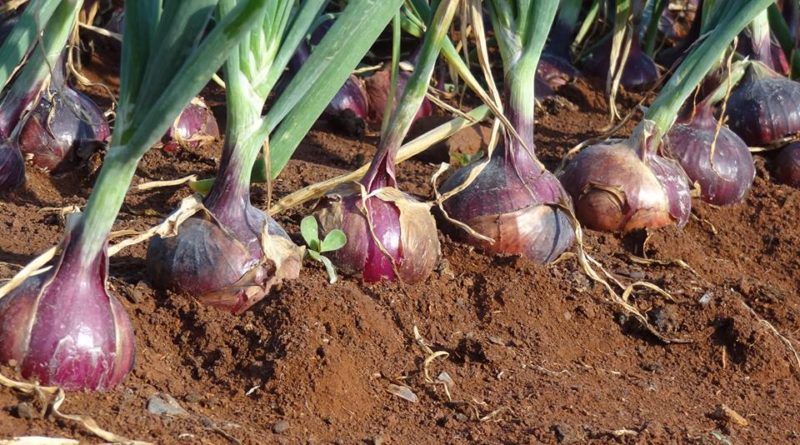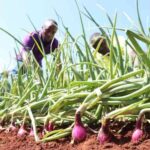Onion farming has become one of the most profitable agricultural ventures in Kenya, driven by the high demand for onions as a staple cooking ingredient across Kenyan households. The country’s climate and fertile soils make it suitable for various onion varieties, and a ready market for onions offers farmers a stable source of income.
Key Onion-Growing Regions in Kenya
Onions are primarily grown in regions like Kieni, Karatina, Oloitoktok, Naivasha, Mai Mahiu, Emali, and parts of the Western region. These areas are suitable for onion farming due to favorable climatic and soil conditions, allowing farmers to cultivate high-quality onions with good yields.
Popular Onion Varieties in Kenya
The two primary varieties of onions grown in Kenya are:
- Bulb Onions: Known for their versatility and long shelf life, bulb onions are used in cooking and are widely favored by consumers.
- Spring Onions: These onions grow faster and are commonly used for garnishing and flavoring in culinary dishes.
Optimal Conditions for Onion Farming
To achieve high yields and good quality onions, farmers must plant in regions that meet the following ecological conditions:
- Rainfall: Well-distributed rainfall between 500-700 mm annually.
- Temperature: An ideal range between 15-30°C.
- Altitude: Suitable altitudes range from 500 to 2,000 meters above sea level.
- Soil Type: Fertile, well-drained soils with a pH range of 6.0 to 7.0, rich in nitrogen, are ideal as onions are heavy feeders that require consistent nutrition.
Steps for Successful Onion Farming
Land Preparation
Land should be plowed and prepared two to three weeks before planting. Farmers are advised to incorporate approximately 40 tons of decomposed organic manure per hectare to enrich the soil and improve onion yields.
Propagation
Onions can be propagated through seed transplants or seed sets. They thrive best when planted during the cold and wet seasons, ensuring good bulb formation.
For transplants, seedlings should be ready for the main field 6 to 8 weeks after sowing in nurseries, spaced at 10 cm by 8 cm. If sowing directly, plant seeds at a depth of 2.5 cm with a spacing of around 10 cm.
Fertilizer Application
Adequate fertilization is crucial for optimal onion growth. Farmers should apply 200 kg of TSP or DAP per hectare at planting and 300 kg of CAN per hectare three weeks after transplanting. This nutrient management strategy supports healthy, well-formed bulbs, leading to better yields.
Pests and Diseases Management
Onions are susceptible to pests and diseases, which, if unmanaged, can significantly reduce yields:
- Common Pests: Leaf miners, onion flies, and thrips are prevalent and can damage crops by feeding on leaves and bulbs.
- Diseases: Common issues include fusarium basal rot, white bulb rot, purple blotch, and downy mildew.
To manage pests and diseases effectively, farmers should practice crop rotation, maintain proper field hygiene, and consider using resistant varieties where possible.
Harvesting and Yield
Onions are best harvested during the dry season to prevent post-harvest losses from moisture retention. Bulb onions require 3 to 4 months to mature, while spring onions can be harvested within 2 to 4 weeks. On average, an acre of land can yield approximately 20 tons of onions, although this may vary depending on factors like climate, soil type, and crop management practices.
Market Demand for Onions in Kenya
Kenya’s onion market is vibrant, with demand consistently high across urban and rural areas. Fresh produce markets serve as primary outlets, where one kilogram of onions sells for Ksh 40-60 on average.
With the increasing demand for onions in Kenya, onion farming remains a profitable venture for both small and large-scale farmers. By following proper agronomic practices, ensuring adequate soil nutrition, and managing pests and diseases, farmers can achieve high yields and meet the market demand, positioning onion farming as a stable source of income within Kenya’s agricultural sector.





